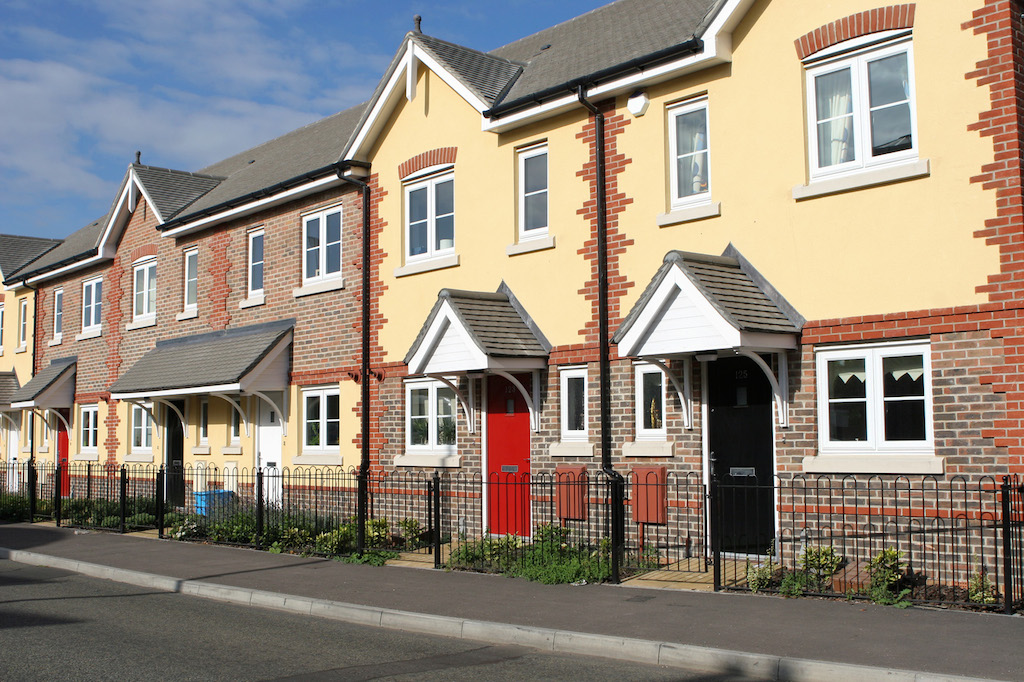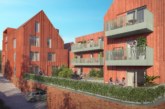
Housebuilding efforts by councils — who built more homes last year than they have for a quarter of a century — risk being undermined without reform to the Right to Buy (RTB) scheme in next month’s Spending Round.
The Local Government Association said latest figures show that councils in England directly built 2,560 homes in 2018/19 — the highest since 1992/3 when they built 2,580 homes.
Councils up and down the country are desperate to resume their role as a historic builder of affordable homes.
This year Liverpool starts developing council houses for the first time in 30 years to contribute towards the city’s need to build 30,000 new homes by 2030, after the Government wiped out £735m of housing debt. Tackling housing has been a priority in the city since 2010, with lots of progress made bringing thousands of derelict homes back into use. The council has also set up an arms-length company, Foundations, which is driving forward a number of schemes to help people on to the housing ladder.
Waltham Forest Council is planning to deliver the most ambitious programme of council housebuilding in the borough for a generation, which will secure 18,000 new homes in the borough across all tenures over the next 10 years.
East Riding of Yorkshire has retained its stock of 11,500 rented and leasehold homes and has actively pursued a new-build programme since 2008. Currently its development programme is for 100 homes a year.
North Kesteven District Council, a rural council in the heart of Lincolnshire, adopted an ambitious programme of council housebuilding in 2010 and has to date delivered 211 high quality council homes. A major feature has been an emphasis on innovative high-quality provision, with the development of the NK Fabric First standard, which exceeds the performance requirements of the building regulations.
The London Borough of Sutton has completed its first programme of new council house building for 30 years — high-quality accommodation that also enhances the local environment. In total Sutton has built 93 new homes, made possible by changes allowing councils to borrow to build housing.
Last year the Government acted on the LGA’s call to give councils the freedom to borrow to build new homes by lifting the housing borrowing cap, a key barrier in local authority housebuilding.
Calls for RTB reform
Council leaders are now calling on the Government go further and use next month’s Spending Round to reform the RTB scheme, which is restricting councils from replacing homes sold.
It comes as the number of homes being sold under Right to Buy continues to dwarf the amount of new housing councils are able to build, with more than six times as many homes sold under RTB as those built by councils in 2017/18.
Figures also show, that since 2011/12:
- Councils have only been able to replace nearly a fifth of homes sold, impacting on their ability to provide housing for homeless and vulnerable families.
- Councils have seen an increase of nearly 350% in RTB sales of council homes, from 2,638 in 2011/12 to 11,833 in 2017/18. This has amounted to a total of nearly 70,000 council homes sold under RTB in seven years. With councils only building 11,300 in that time this equals a loss of around 58,000 social rented homes over that period.
Currently councils retain a third of RTB receipts with the rest kept by the Treasury. The LGA said councils need to be able to keep 100% of Right to Buy receipts and set discounts locally.
This will allow them to replace the social rented homes sold which would help avoid families being pushed into the private rented sector, reduce homeless and housing benefit and enable people to save up for their own home.
The LGA’s Housing spokesperson, Cllr Judith Blake, said: “Councils are trying to build the new homes with the right infrastructure that our communities desperately need.
“However, the number of new council homes being built is not able to keep pace with those sold under Right to Buy.
“Right to Buy continues to enable many families to achieve the dream of getting on the housing ladder and owning their own home, but it urgently needs reform. Current arrangements are restricting councils from being able to replace homes being sold under the scheme. This loss of social rented housing risks pushing more families into the private rented sector, driving up housing benefit spending and rents and exacerbating our homelessness crisis.
“There are millions of people on council waiting lists and councils can further get on with the job of building the new homes that people in their areas desperately need if they are able to keep all RTB receipts to replace any homes sold.”
The figures used are government figures and relate to England.
Number of RTB sales
Number of new council homes: built








